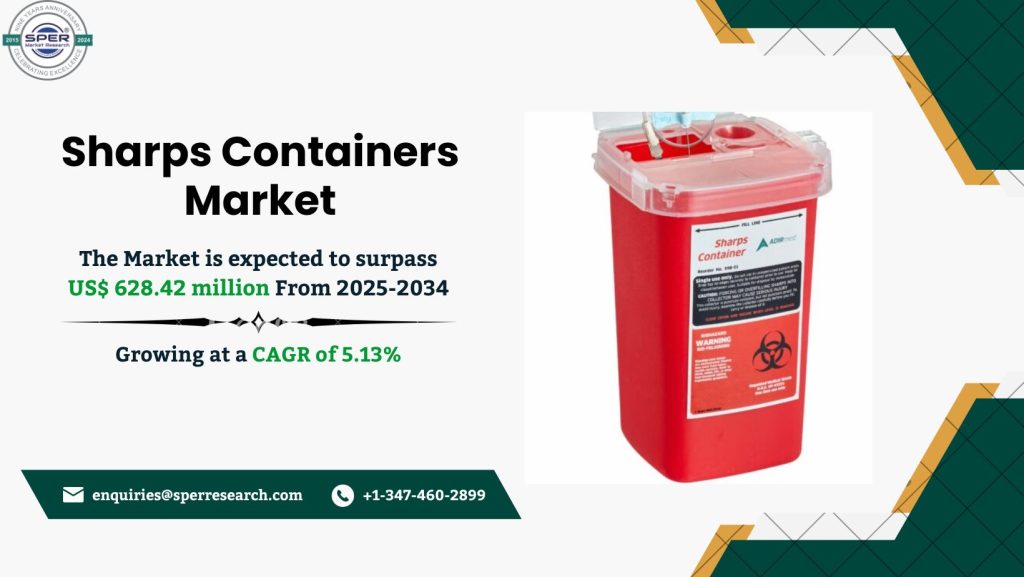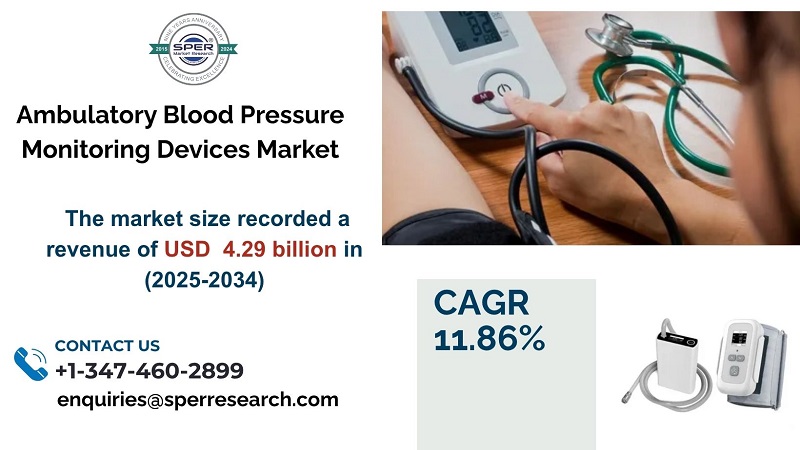The Monocyte Activation Test (MAT), an in vitro test, is used to detect pyrogens chemicals that produce fever in pharmaceuticals and medical supplies. It gauges how human monocytes react to pyrogens by releasing pro-inflammatory cytokines like interleukin-6. Compared to more traditional tests like the Rabbit Pyrogen Test or the Limulus Amebocyte Lysate (LAL) test, MAT uses human blood-derived cells, making it more physiologically relevant and ethically acceptable. MAT is suitable for testing a broad range of products, including injectables and biologics, because of its proven accuracy, sensitivity, and ability to detect endotoxins as well as non-endotoxin pyrogens.
According to SPER Market Research, ‘Global Monocyte Activation Test Market Size- By Product, By Application, By Source, By End User – Regional Outlook, Competitive Strategies and Segment Forecast to 2034’ state that the Global Monocyte Activation Test Market is predicted to reach 2645.35 million by 2034 with a CAGR of 16.11%.
Drivers:
The primary driver of the Monocyte Activation Test (MAT) market is the growing trend toward animal-free testing methods, especially in pharmaceutical quality control. As worldwide regulation encourages alternatives to animal testing, MAT is gaining popularity due to its high sensitivity and human-based biological response. The increasing need for injectable drugs, vaccines, and biologics all of which rely on precise pyrogen detection has also sped up its adoption. Additionally, because of ethical considerations, the introduction of the 3Rs in laboratory operations, and the increasing regulatory agency support for in vitro assays, pharmaceutical companies are being urged to embrace MAT, broadening its usefulness in both clinical and industrial contexts.
Request a Free Sample Report: https://www.sperresearch.com/report-store/monocyte-activation-test-market?sample=1
Restraints:
Despite its growing popularity, the market for monocyte activation tests faces a number of challenges. MAT’s high implementation costs which include training, equipment, and validation procedures make it less accessible to smaller businesses and labs. Businesses wishing to move away from conventional testing like the LAL assay face additional uncertainty due to regional acceptance differences and a lack of regulatory body uniformity. Due to their long-standing reliance on antiquated testing methods, many organizations are hesitant to utilize MAT despite its ethical and scientific advantages. Together, these factors lower the rate of MAT adoption, particularly in poor countries with limited financial resources and low levels of technological expertise. North America dominates the Monocyte Activation Test market due to its concentration of leading pharmaceutical companies, advanced research institutions, and strong regulatory presence. Some of the key market players are Bio-Rad Laboratories, Charles River Laboratories, Eurofins Scientific, Hyglos GmbH, Lonza Group and others.
For More Information, refer to below link: –
Monocyte Activation Test Market Share
Related Reports:
Implantable Loop Recorders Market Growth
Stool Management System Market Growth
Follow Us –
LinkedIn | Instagram | Facebook | Twitter
Contact Us:
Sara Lopes, Business Consultant — USA
SPER Market Research
enquiries@sperresearch.com
+1–347–460–2899








